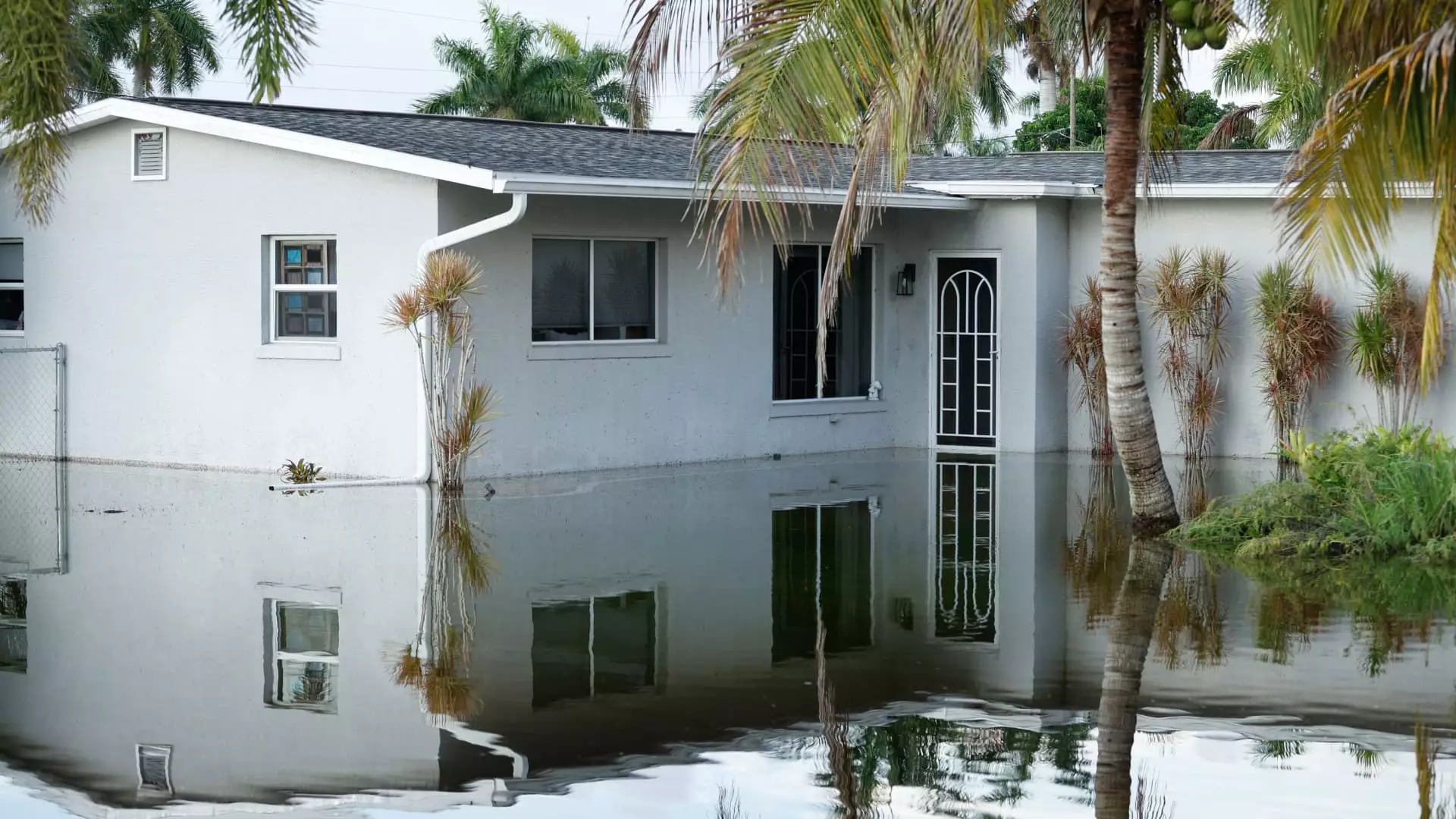As homeowners prepare to renew their home insurance policies, they may be taken aback by the significant increase in premiums. Recent data shows that between May 2022 and May 2023, the average home insurance prices surged by 21% at renewal time. This spike is attributed to the rise in catastrophic severe weather events, which have led to higher costs for insurers. Consequently, consumers are bearing the brunt of these increased expenses through pricier premiums. Unfortunately, the lack of transparency when it comes to individual homeowners’ premiums and risks makes it challenging to determine how climate risk factors into the pricing of policies.
According to Carlos Martín, the director of the Remodeling Futures program at the Joint Center for Housing Studies of Harvard University, the levels of risk and hazards that properties are exposed to are undergoing significant changes. This uncertainty has left both homeowners and insurers grappling with how best to price insurance policies actuarially. While the recent surge in home insurance premiums may seem alarming, it is not a new trend. Over the past decade, from 2012 to 2021, the average premium rose from $1,034 to $1,411. Kenneth Klein, a professor at California Western School of Law, highlights the economic implications of climate change on the insurance industry, emphasizing the potential for “fat-tailed losses” due to the uneven distribution of storm damage across properties and time.
Understanding how premiums will continue to escalate in response to severe weather events remains a complex task, given the limited data available. Scott Shapiro, KPMG U.S. insurance sector leader, notes that while the industry collects data on weather-related losses to inform premium rates, this detailed information is not readily accessible to the public. The increasing exposure to weather-related risks and the uncertainty surrounding the predictability of future losses pose significant challenges for insurers in setting rates.
The rising cost of home insurance, coupled with the withdrawal of insurers from high-risk areas, presents a conundrum for homeowners. In some regions, such as California, insurance companies like State Farm and Allstate have stopped accepting new applications for policies, leaving residents with limited options. While state-run programs like Citizens’ Property Insurance in Florida and California’s FAIR plan provide alternatives for those unable to secure coverage in the private market, they may not offer the same level of quality and coverage as private insurers.
Fewer and more expensive insurance options can hinder homeownership opportunities for individuals, especially since most mortgage lenders require insurance. State-run programs, while serving as a safety net, may not always meet the same standards as private insurers, creating challenges for policyholders. The disparity in coverage and cost between public and private insurance options adds another layer of complexity to the home insurance market, further exacerbating the financial burden on homeowners.

